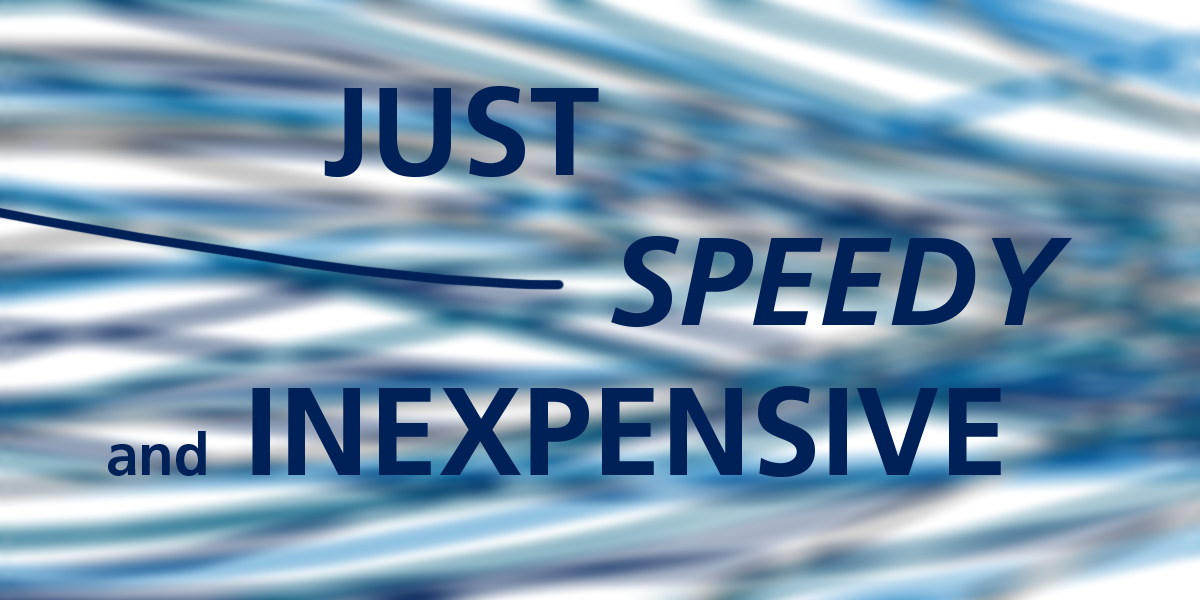You are here
Expedited Procedures Pilot Project

Overview
This is a pilot project that was planned but that did not occur, for lack of participation.
Acting on the recommendation of the Advisory Committee on the Federal Rules of Civil Procedure and the standing Committee on Rules of Practice and Procedure, the Judicial Conference of the United States authorized a pilot project to test whether expedited procedures would resolve civil cases more quickly and with less expense. There wee five central features of the planned Expedited Procedures Pilot Project:
First, as required by Federal Rule of Civil Procedure 16(b)(2), pilot judges would have held a scheduling conference and issue a scheduling order as soon as possible, but in no case later than the earlier of ninety days after service of any defendant or sixty days after entry of appearance of any defendant. In cases involving multiple parties, the scheduling conference and issuance of the scheduling order would be triggered by the service or entry of appearance of the first defendant.
Second, the scheduling orders issued by pilot judges would set a definite period for discovery, not to exceed 180 days, which would not be extended more than once and then only upon a showing of good cause, as required by Rule 16(b). Good cause would have to include a showing that the parties had been diligent in their efforts to complete discovery within the deadline set in the scheduling order and a showing that despite diligence the deadline could not be met. It is axiomatic that carelessness, inattention, or neglect are not good cause.
Third, pilot judges would resolve discovery disputes expeditiously and informally, as permitted by Rule 16(b)(3)(B)(v). This could be accomplished in many ways, including by conferences with the judge—by telephone, in chambers, or in court—and the use of short submissions explaining the parties’ positions in lieu of formal briefing.
Fourth, pilot judges would rule on all dispositive motions within sixty days of the filing of the reply brief. This deadline would be met even if the judge heard oral argument on the motion.
Fifth, pilot judges would set a firm trial date that would not be changed in the absence of exceptional circumstances. They would have flexibility to decide when to set the trial date (for example, when the scheduling order is issued, after discovery has ended, or when dispositive motions had been filed or resolved), but they would have to set it so that in 90% of their cases trial would be scheduled to take place within fourteen months of the earlier of service on or appearance by any defendant and in the remaining 10% of their cases so that trial would be scheduled to take place within eighteen months.
A “Users’ Manual” would have been developed to provide additional guidance for pilot judges, and training will be provided by the Federal Judicial Center. Sample orders and other written materials also would have been prepared for use by pilot judges. Finally, throughout the duration of the pilot, mentor judges would have been available on request to assist pilot judges.
Actually conducted was a “Mandatory Initial Discovery Pilot Project.” See Jeffrey S. Sutton & Derek A. Webb, Bold and Persistent Reform: The 2015 Amendments to the Federal Rules of Civil Procedure and the 2017 Pilot Projects, Judicature, Autumn 2017, at 12 (discussing both pilot projects).
